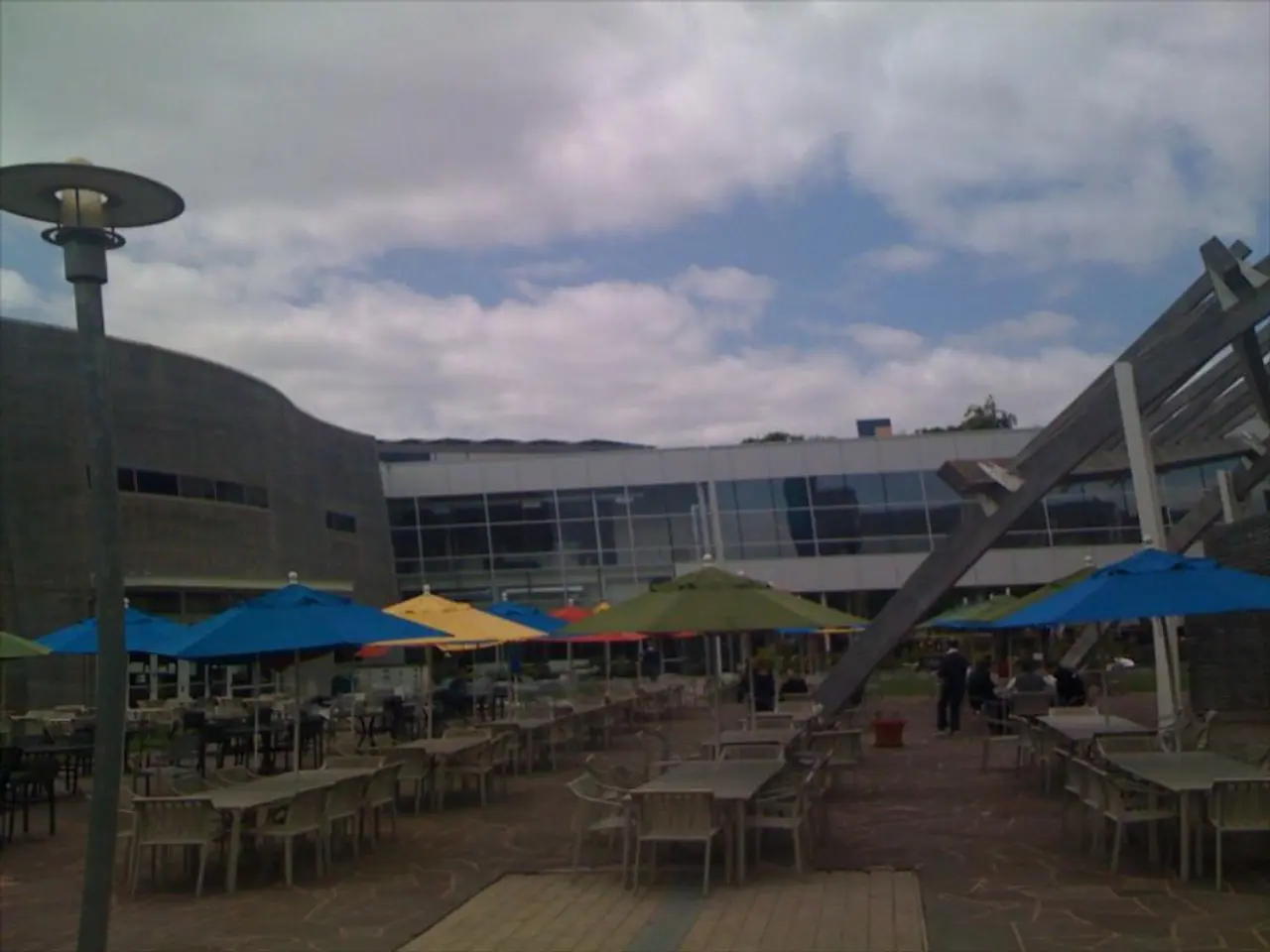"Photography Vacations: A Guide to Captivating Images During Your Time Off"
As the final sprint of the shooting season 2025 unfolded in Hamm, photography enthusiasts were offered valuable advice by Judy Hohmann, a specialist from the magazine "c't Fotografie". Hohmann emphasized the importance of careful positioning, timing, composition, and thoughtful photo management for creating less intrusive and more artistic vacation snapshots.
Positioning and Composition
To capture unique and compelling travel photographs, Hohmann suggested exploring dynamically instead of settling for the first shot. This involves moving around, changing angles, and experimenting with different focal lengths to find interesting framing and context. Utilizing natural frames, such as tree branches or cave openings, can add depth and a storytelling layer to the photo, making it more immersive and less obvious.
Incorporating a foreground element, like a rock, flower, or person, can create a sense of three-dimensional depth, especially in landscapes, helping to avoid flat two-dimensional images. Following classic composition rules, such as the rule of thirds, and considering backgrounds carefully can enhance the subject and avoid distractions.
Timing
Hohmann highlighted the significance of looking for dramatic or soft natural light conditions, such as golden hours (early morning or late afternoon) or dappled light, which add artistic mood without forcing posed shots. Avoiding busy or crowded periods can also reduce intrusiveness, with early mornings or off-peak times often providing better lighting and more authentic scenes.
Being Less Intrusive
Adopting a discreet approach is crucial for capturing authentic moments. This means not rushing shots or disturbing subjects, engaging with surroundings patiently to capture the essence of the place. Using longer focal lengths can help keep physical distance without losing the subject, minimizing the impact on the scene.
Adapting camera settings flexibly to the light and scene rather than copying preset values enhances responsiveness and subtlety.
Photo Management
Systematically exploring and revisiting locations with different creative constraints or conditions can deepen one's connection with the place and discover new stories instead of repetitive images. Regularly reviewing and culling photos to retain only the most meaningful and artistic ones can improve one's portfolio thoughtfully.
Additional Tips
Positioning the smartphone somewhere and using the self-timer can help ensure that you're not too prominent in the picture. A less intrusive approach, according to Hohmann, is to sit down instead of standing in front of a landmark when taking a selfie. Activating the grid frame in the camera app can help keep the horizon straight and prevent the main subject from being placed in the middle of the picture.
This integrated practice fosters artistic travel photography that is respectful, creative, and impactful, balancing technical skill with awareness of your environment and subjects.
In line with her emphasis on capturing less intrusive and more artistic vacation snapshots, Hohmann recommends adopting a discreet approach by not rushing shots or disturbing subjects, and using longer focal lengths to minimize the impact on the scene. Additionally, incorporating strategic photo management into one's lifestyle, such as regularly reviewing and culling photos to retain only the most meaningful and artistic ones, can significantly improve the quality and impact of their travel photography portfolio.




